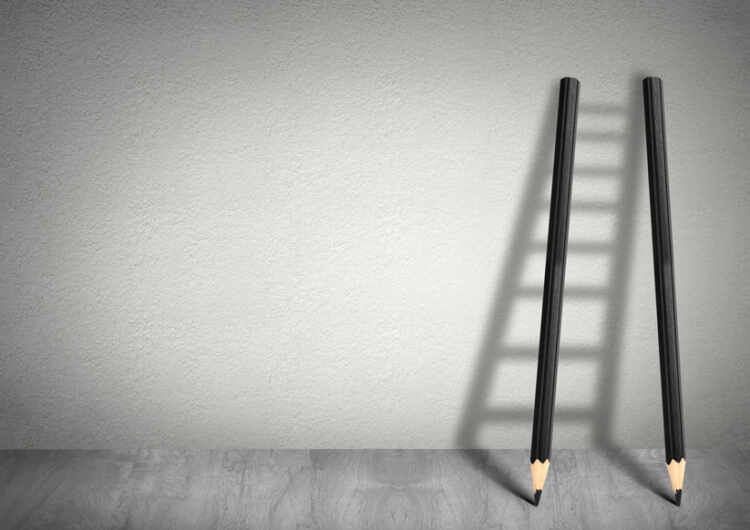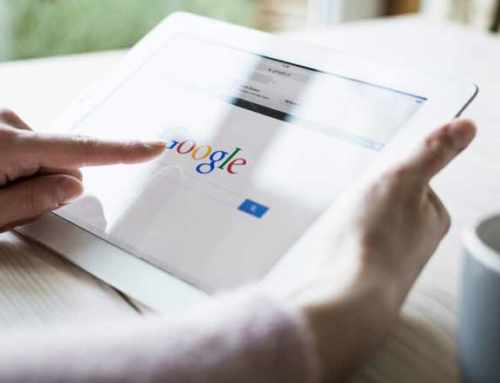If you are anything like me, you probably appreciate a good story. If you are a lot like me, you probably live for a good story. When you finish a novel, film, or television series that leaves you reeling with complex emotions, do you ever stop and wonder— where do the stories come from? How do the writers do what they do to leave us laughing, elated, crying, sometimes emotionally gutted? Well, the simple answer is, they get creative.
We Are All Creative (Yes, Even You!)
Each and every person—whether he is Neil Gaiman or Jack the insurance salesman, father of three—possesses creative potential. Creativity is a part of the human psyche that exists in all of us. According to Merriam-Webster, “create” can be defined as “to make or bring into existence something new” (Merriam-Webster, n.d.). This definition applies to the development of new ideas, images, sounds, smells, tastes… The list goes on.
On average, people experience 60,000 thoughts per day (Stahl, 2018). As our minds absorb information, we process raw data on a conscious and unconscious level (Burkley, 2018). Our conscious minds process and critically analyze information of which we are aware, debating options and making decisions, while our unconscious minds absorb millions of pieces of raw information to be stored and passed on to our conscious minds as needed (Burkley, 2018). Engaging in creative endeavors involves unearthing ideas from the unconscious and forming connections in a novel way—something that all of us are capable of doing, regardless of whether we consider ourselves ‘creative’ (Burkley, 2018). The reality is, much of our creative potential already exists within us. It results from our brain absorbing data like a sponge from one day to the next. The act of creation involves bringing these novel thoughts to the surface and channeling them into a medium, such as drawing, writing, composing music, cooking, etc..
How Creativity Helps Us
So, as we have established, all of us have creative potential. But why should we bother? How does creativity help us?
As psychological studies have shown, there are numerous mental health benefits to engaging in creative activities. Such benefits include reduced stress and depressive symptoms and increased positive affect (the degree to which people experience positive emotions) (Brenner, 2019). Creativity offers our brains a means of processing painful emotions and trauma that are difficult to verbalize (Stahl, 2018). Other benefits include boosting the immune system, intellectual strengthening, and reducing the risk of dementia (Stahl, 2018).
Creative activities affect our brain in a way that is similar to meditation, mindfulness, and yoga exercises (Brenner 2019). When we get creative, we channel our thoughts into an activity, which puts us in a “creative zone” that blocks out external stimuli (Brenner 2019). The prefrontal cortex temporarily deactivates, making us less critical, more willing to take chances on what we are creating (Brenner, 2019). Additionally, this process often results in a release of “feel-good” neurotransmitters, such as serotonin and dopamine (Brenner, 2019). Essentially, engaging in creative activities has an effect similar to a “runner’s high,” or a feeling of contentment and pleasure, which has a long-term positive impact on our mental wellness. With all of these perks to creativity, how can we afford not to get creative?
All of Us Have Creative Potential
Where To Begin?
Now that we understand that 1) all of us have creative potential, and 2) all of us can reap the psychological benefits of engaging in creative activities, how do we get started? Well … The first, most important step is to remember that engaging in creative activities is not about creating artistic masterpieces. Your work does not have to be “good” to be psychologically beneficial, so cut yourself some slack.
Once you understand that you do not have to be the next Stephen King to benefit from artistic expression, what next?
There are many ways to strengthen one’s creative muscles. Many artists, including Mr. King himself, advocate for spending time outside and engaging with nature (Burkley, 2018). Studies have shown that nature activities increase creativity by as much as fifty percent (Burkley, 2018). Another way to increase one’s creativity is to engage in “mindless” activities that enable the unconscious mind to work its magic, such as taking a shower and performing household tasks (dusting, dishes, vacuuming, etc.) (Burkley, 2018). Finally, to bring creative ideas to the surface, it is essential to give oneself permission to daydream (Burkley, 2018). When boredom strikes, instead of occupying yourself with social media, emails, and texts, try letting the mind wander. When a new idea comes to you, allow it to percolate. Fixate on it during your down time. As ideas develop, write them down and build upon them. You might be amazed at how quickly a small seed of an idea can develop into an intellectual live oak.
Consider Participating in Art Therapy
Those struggling with mental health challenges might also consider participating in art therapy. Art therapy involves using creativity to explore mental health issues, using art to make meaning of painful and difficult emotions and experiences. Art therapists tailor activities to the individual needs of the client and help them process what they are bringing to the emotional surface through artistic endeavors (“Creativity and Recovery: The Mental Health Benefits of Art Therapy,” 2018). Again, art therapy is not about creating artistic masterpieces. It is about utilizing art, a powerful tool for emotional expression, to deal with that which might be too difficult to process using traditional talk therapy. Art therapy is sometimes offered as a stand-alone service, but it can also be used in conjunction with traditional treatment of mental health difficulties, such as depression, anxiety, addiction, ADHD, grief/loss, eating disorders, PTSD/trauma, and interpersonal conflicts (“Creativity and Recovery: The Mental Health Benefits of Art Therapy,” 2018). Additionally, art therapy promotes self-discovery, increases one’s sense of competence and self-esteem, and offers a release for difficult, complex emotions. (“Creativity and Recovery: The Mental Health Benefits of Art Therapy,” 2018).
In Conclusion…
All of us have creative potential. All of us benefit from engaging in creative ventures. Even if creative activities don’t “come naturally” to us, there are numerous ways to strengthen our creative muscles. So the next day you have a little bit of down time, why not pick up a sketch pad, plunk on a piano, type the first few lines of a novel/play/comedy routine you have secretly been thinking about for years. No matter how intimidating it seems at first, the benefits will far outweigh the drawbacks. And at the end of the day, you might just find yourself having a wonderful time.
Courtesy: Gwendolyn Brown, M.S..
Works Cited:
- Brenner, B. (2019, September 16). Creativity Is Your Secret Advantage for Mental Health and Well-Being.Therapy Group of NYC.
- Burkley, M. (2018, May 22). 7 Super Simple Tips for Unlocking Your Creative Genius. Psychology Today.
- “Creativity and Recovery: The Mental Health Benefits of Art Therapy” (2018, July 10). RTOR: Gateway to Mental Health Services.
- Merriam-Webster (n.d.). Create. In Merriam-Webster.com dictionary. Retrieved January 15, 2021.
- Stahl, A. (2018, July 25). Here’s How Creativity Actually Improves Your Health. Forbes.
Ready to find your therapist? Search the Jax Therapy Network and find the right therapist for you.






